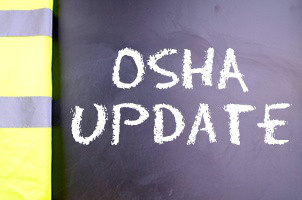 As many of you are aware, OSHA issued a final rule related to the tracking of workplace injuries and illnesses. Though there have been some delays, OSHA is now accepting electronic submissions of your injury and illness reports.
As many of you are aware, OSHA issued a final rule related to the tracking of workplace injuries and illnesses. Though there have been some delays, OSHA is now accepting electronic submissions of your injury and illness reports.
Certain employers, as specified below, are required to submit the information from their 2016 reports electronically by December 1, 2017. We encourage you to check with your state’s OSHA consultation division to confirm their guidance on this regulation.
What Must You Submit?
According to OSHA: “Covered establishments with 250 or more employees must electronically submit information from OSHA Forms 300 (Log of Work-Related Injuries and Illnesses), 300A (Summary of Work-Related Injuries and Illnesses), and 301 (Injury and Illness Incident Report). Covered establishments with 20-249 employees must electronically submit information from OSHA Form 300A.”
How Do You Submit Your Reports?
To submit your reports, visit this OSHA site for complete details. The platform is called ITA, or Injury Tracking Application. The secure site provides 3 ways to submit your data – manually via a web form, upload of a CSV file, or even transmitting data electronically from your automated recordkeeping system. OSHA provides instructions for all options. Reports will NOT be accepted on paper so you must use one of these three electronic options for submission.
Who Does This Impact?
Who is impacted by the recordkeeping rule? There are 2 groups who must comply:
- Organizations with 250 or more employees in industries covered by the recordkeeping regulation
- Organizations with 20-249 employees in certain high risk industries
If you have questions, please do not hesitate to reach out to me or another member of the loss prevention team.



